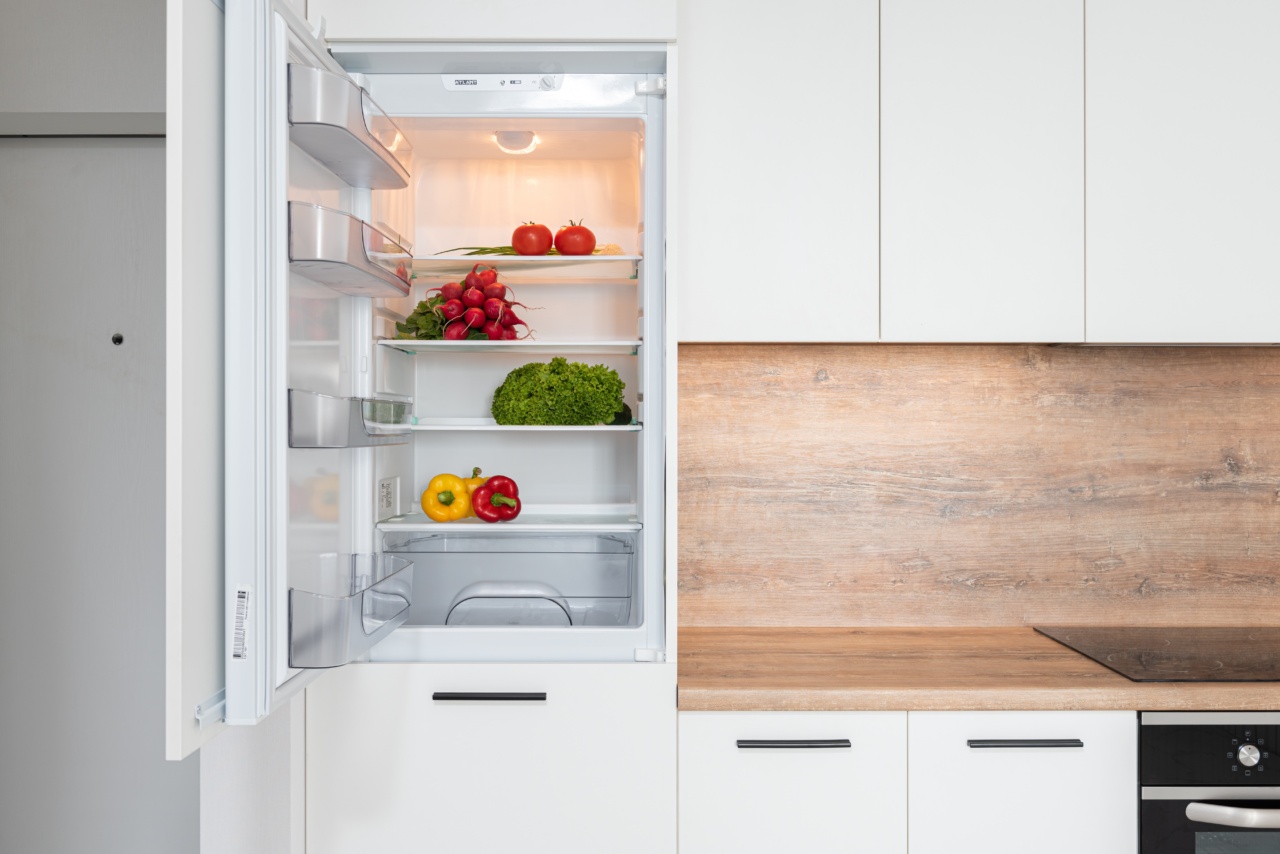Introducing solid foods to your baby is an exciting milestone in their development. As a new parent, it’s important to ensure that your little one receives the right nutrition to support their growth and development.
This guide will provide you with essential tips on introducing solid foods to your baby.
When should you start?
The American Academy of Pediatrics recommends introducing solid foods to your baby around 6 months of age.
At this stage, most babies have developed the necessary physical skills to eat solid foods, such as the ability to sit up and hold their head steady. It’s important to note that every baby is different, and some may be ready earlier or later than others.
Preparing for solid foods
Before you begin introducing solid foods, it’s important to consult with your pediatrician. They can provide specific guidance based on your baby’s individual needs and development. Here are some general tips to help you prepare:.
Choose the right time
Find a time when both you and your baby are relaxed and not rushed. Starting solid foods when your baby is hungry but not overly hungry or tired can help create a positive experience.
Gather the equipment
You’ll need some basic equipment before you start introducing solid foods. These include small spoons, bowls, and bibs to catch any spills. Make sure to choose soft, rounded spoons that are gentle on your baby’s delicate gums.
Start with single-ingredient purees
When introducing solid foods, it’s best to start with single-ingredient purees. This allows you to monitor your baby’s reaction to each new food and easily identify any potential allergies or intolerances.
You can introduce fruits, vegetables, and grains gradually, giving your baby time to adjust to new tastes and textures.
Watch for signs of readiness
While age is an important factor in determining readiness for solid foods, it’s equally important to observe your baby’s developmental cues.
Look for signs such as: – Ability to sit up with minimal support – Good head control – Showing interest in food during family meal times – Increased appetite and demand for more milk or formula – Loss of the tongue-thrust reflex (ability to automatically push food out of the mouth).
What foods to introduce first?
It’s recommended to start with iron-rich foods, as your baby’s iron stores begin to deplete around 6 months of age. Here are some excellent food choices to begin with:.
Cereal
Iron-fortified infant cereals, such as rice or oatmeal cereal, are popular choices for introducing solid foods. Mix them with breast milk, formula, or water to achieve a smooth consistency.
Start with a runny texture and gradually thicken it as your baby gets accustomed to eating.
Fruits and vegetables
Introduce single-ingredient purees of fruits and vegetables to your baby’s diet. Some great options include mashed bananas, pureed apples, avocados, sweet potatoes, and carrots.
Ensure that the texture is smooth and free of lumps to prevent choking hazards.
Proteins
As your baby gets older, you can gradually introduce protein-rich foods into their diet. Cooked and pureed meats, such as chicken, turkey, or beef, are great choices.
Soft, well-cooked legumes like lentils or chickpeas are also excellent alternatives for vegetarian families.
Offer a variety of flavors and textures
Once your baby has adapted to single-ingredient purees, you can start exploring different flavors and textures. Puree combinations like apple and pear, or sweet potato and butternut squash, can introduce your baby to new taste profiles.
You can also introduce finely mashed or grated foods to help your baby develop their chewing skills.
Be patient and persistent
It’s common for babies to initially reject solid foods or make funny faces as they explore new tastes and textures. Be patient and continue offering a variety of foods, even if it takes several attempts for your baby to accept them.
It may take up to 15 tries before your baby develops a liking for a certain food, so don’t give up!.
Gradually increase food texture and consistency
As your baby grows, you can gradually increase the texture and consistency of the foods you offer. By around 8-10 months of age, most babies can handle mashed or chopped foods.
Small, bite-sized pieces of soft foods like cooked pasta, well-cooked vegetables, and ripe fruits are great options to encourage self-feeding and help develop fine motor skills.
Signs of readiness for finger foods
Your baby may be ready for finger foods if they can:.
– Pick up objects using their thumb and forefinger (pincer grasp) – Bring objects to their mouth – Chew or gum foods – Show interest in self-feeding during meal timesImportant feeding guidelines
Keep the following feeding guidelines in mind as you introduce solid foods to your baby:.
– Always supervise your baby during feeding to prevent choking hazards. – Never put your baby to bed with a bottle or food in their mouth to avoid tooth decay. – Do not add salt, sugar, or artificial sweeteners to your baby’s food. – Avoid potential choking hazards such as whole grapes, nuts, popcorn, or chunks of meat. – Offer water in a cup during mealtimes to help establish good hydration habits.Conclusion
Introducing solid foods to your baby is an exciting and important milestone. By following these nutrition tips, you can ensure that your baby receives the right nutrients for their growth and development.
Remember to consult with your pediatrician for personalized guidance, and enjoy exploring new tastes and textures with your little one.






























